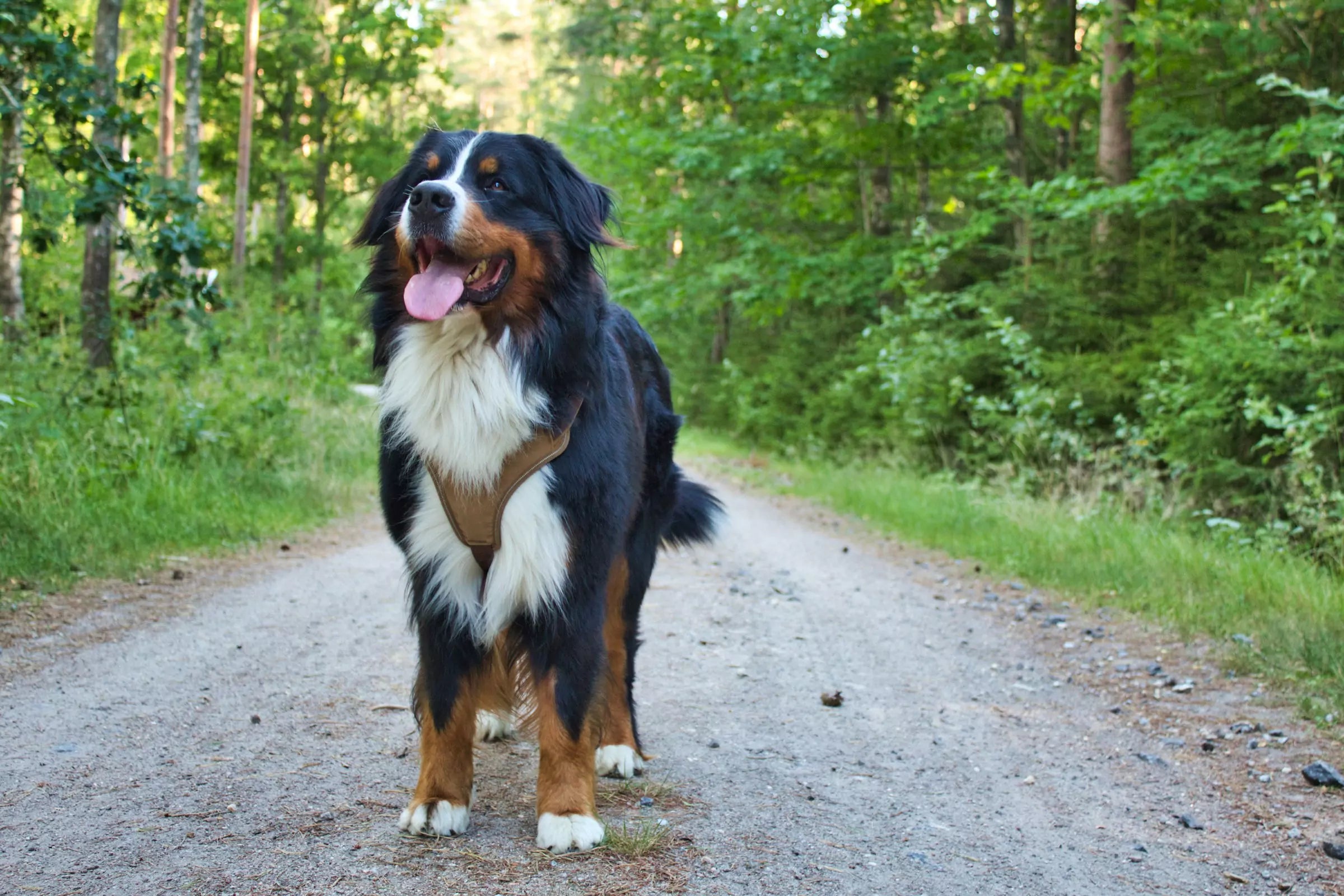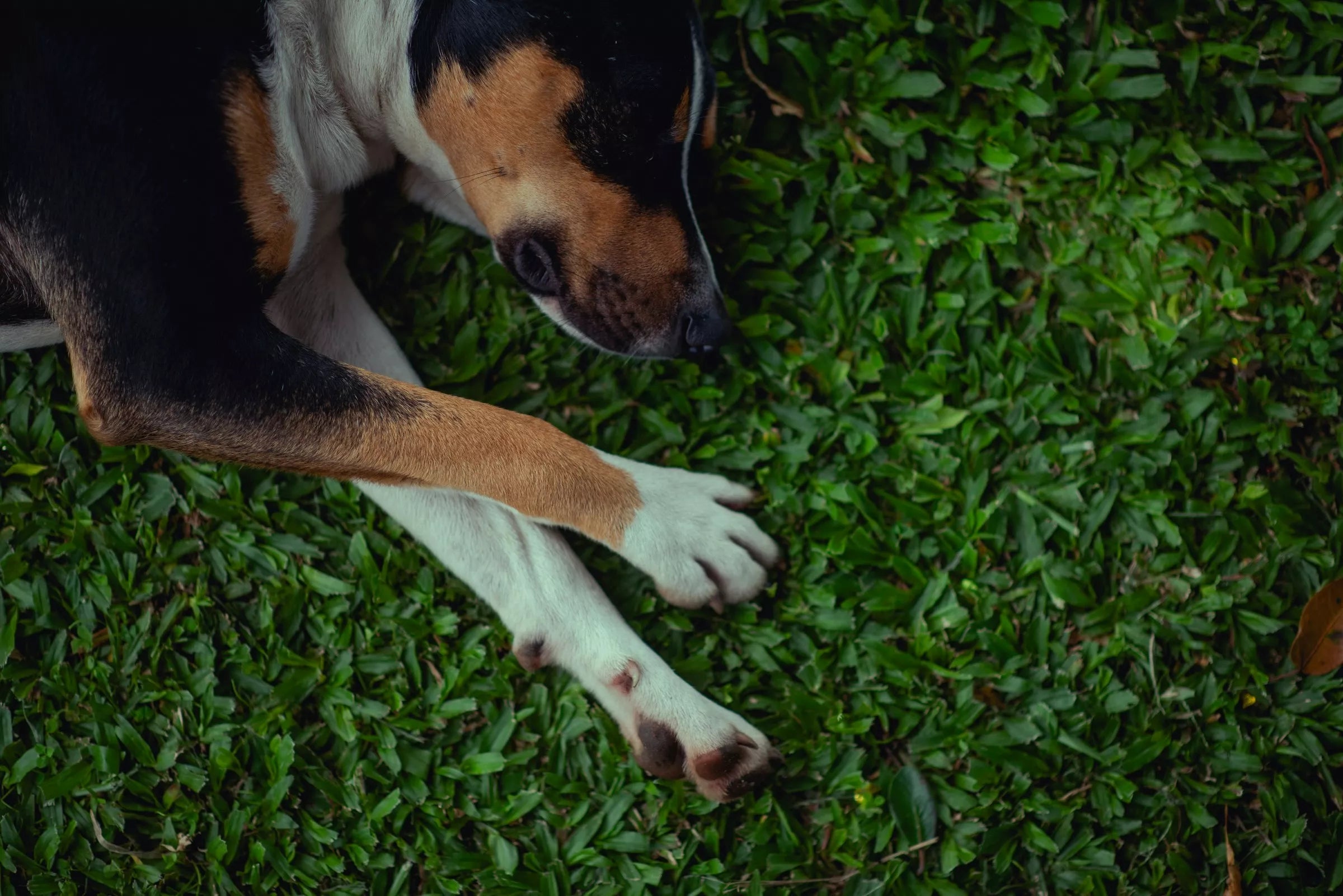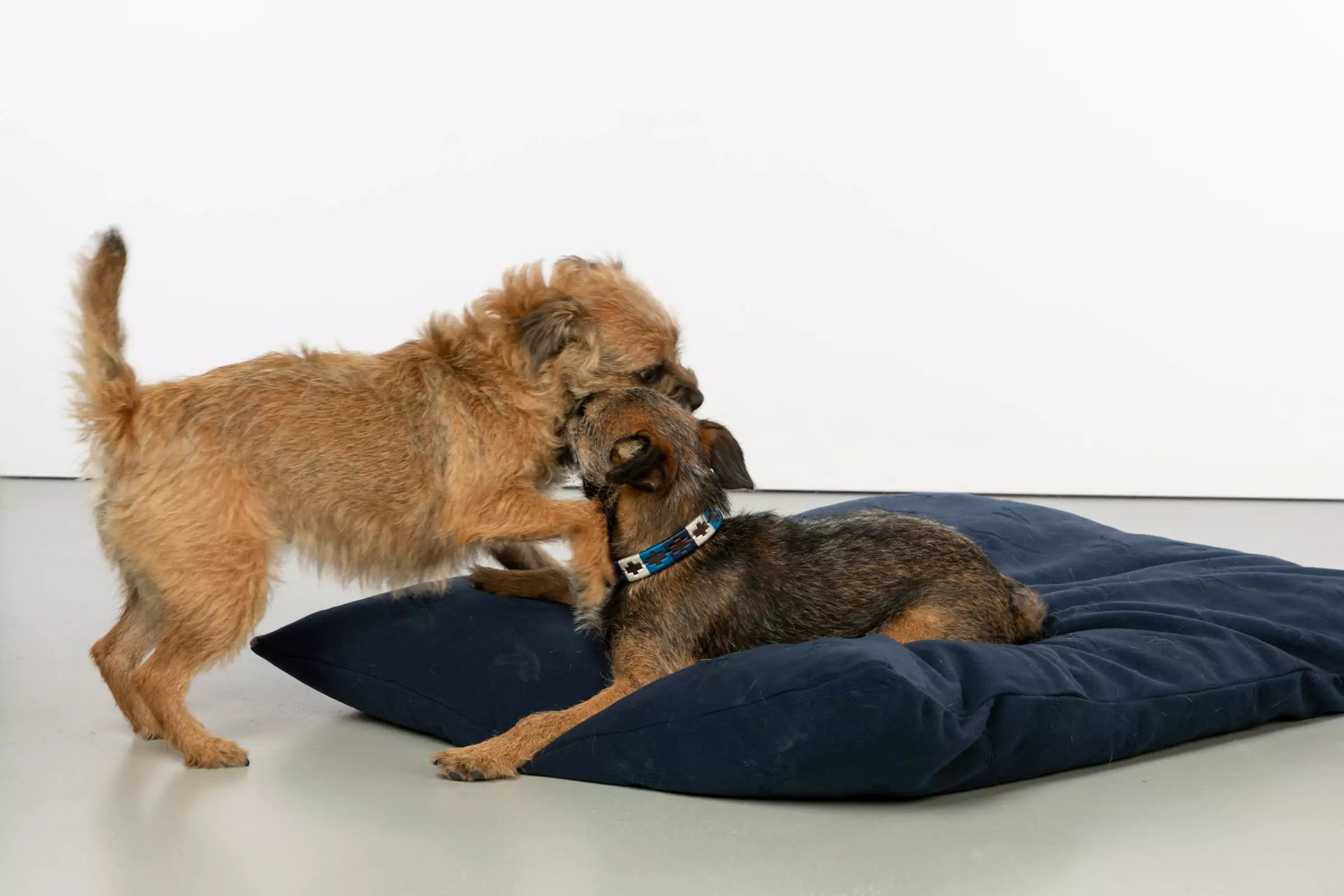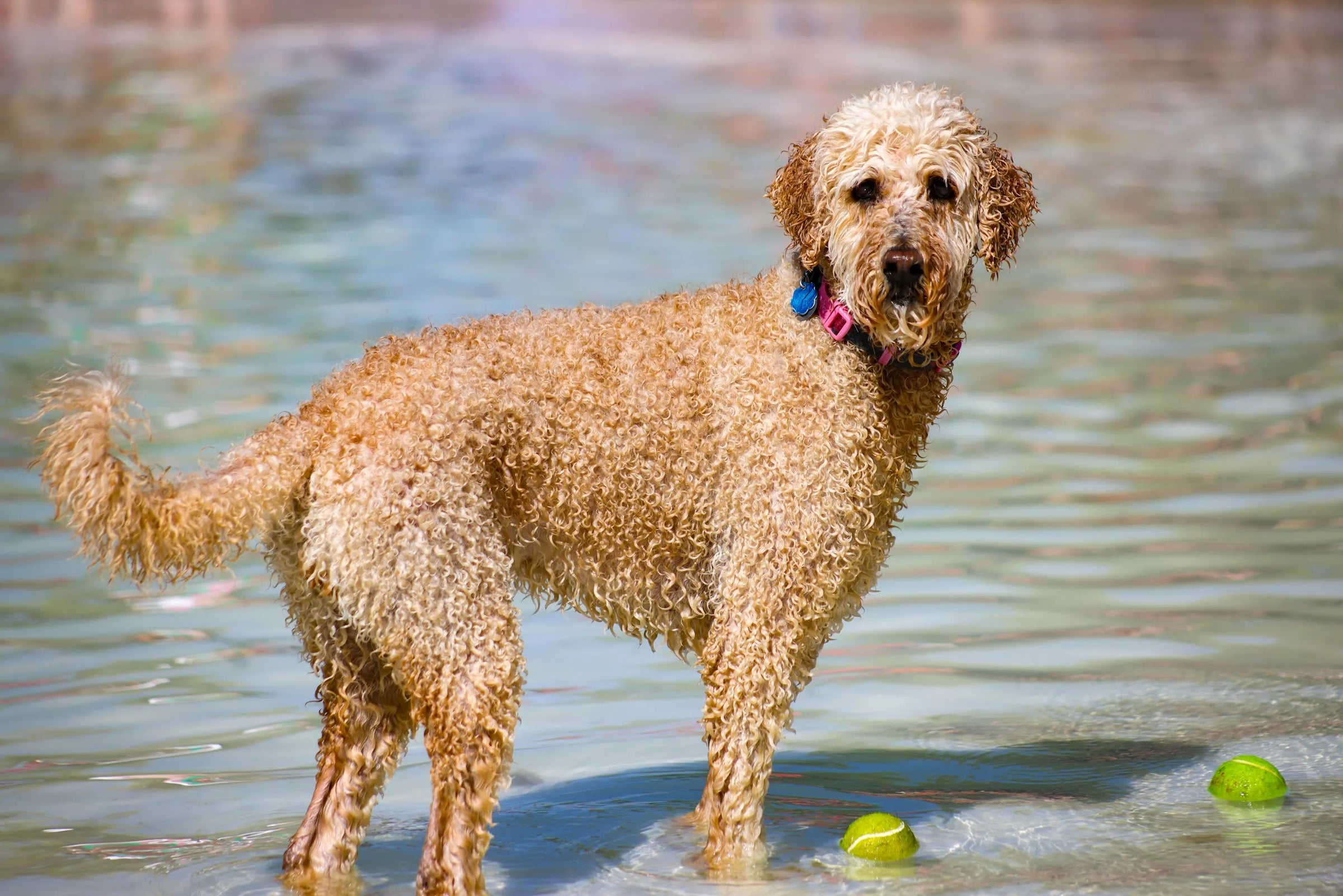Introduction
Choosing the right harness for your dog isn’t just about style—it’s about comfort, control, and safety. If you've ever found yourself wondering whether a front-clip or a back-clip harness is better, you're not alone. Many dog parents face this dilemma. The right choice depends on your dog’s size, behavior, and walking habits. Let's break it down in a way that makes sense so you can confidently pick the perfect fit for your pup.
Understanding Dog Harnesses
Before diving into front-clip vs. back-clip harnesses, let's cover the basics of what a harness does and why it's a great alternative to a collar.
Why Use a Harness Instead of a Collar?
-
Reduces strain on your dog’s neck
-
Provides better control during walks
-
Prevents choking or injury, especially for small breeds or dogs with respiratory issues
-
Helps with leash training and discourages pulling
What is a Front-Clip Harness?
A front-clip harness has the leash attachment on the chest area. This design gives dog parents more control and helps manage dogs that tend to pull.
Pros of a Front-Clip Harness
✅ Helps discourage pulling
✅ Provides better steering and control
✅ Ideal for training and leash manners
✅ Prevents dogs from lunging forward
Cons of a Front-Clip Harness
❌ Can cause tangling if not used properly
❌ Some dogs dislike the extra pressure on their chest
❌ May not be ideal for very small breeds
What is a Back-Clip Harness?
A back-clip harness has the leash attachment on the back, between the shoulder blades. It’s the most common type of harness, offering simplicity and comfort.
Pros of a Back-Clip Harness
✅ Comfortable and easy to put on
✅ Reduces strain on the neck
✅ Great for small, calm, or well-trained dogs
✅ Less chance of leash tangling
Cons of a Back-Clip Harness
❌ Encourages pulling in strong, energetic dogs
❌ Less control over direction and movement
❌ Not ideal for training dogs with leash-reactive behavior
Which Harness is Best for Your Dog?
Every dog is different, so the right choice depends on their personality, walking habits, and training needs.
Choose a Front-Clip Harness If:
-
Your dog pulls on the leash
-
You’re working on leash training
-
You want more control during walks
Choose a Back-Clip Harness If:
-
Your dog is well-behaved on a leash
-
You have a small breed that needs extra comfort
-
You want an easy, no-fuss option for casual walks
Combination Harnesses: Best of Both Worlds?
Some harnesses come with both front and back clips, giving you flexibility. You can start with the front-clip for training and switch to the back-clip once your dog masters loose-leash walking.
Benefits of a Dual-Clip Harness
-
Adjustable to different walking styles
-
Useful for transitioning from training to regular walks
-
Offers versatility for different environments
How to Properly Fit a Harness
Regardless of the type, a harness should fit snugly but not too tight. Here’s a simple way to check:
-
You should be able to fit two fingers between the harness and your dog’s skin.
-
Make sure it doesn’t rub or cause irritation.
-
Check for signs of discomfort or restricted movement.
Tips for Helping Your Dog Adjust to a New Harness
Switching to a harness can take time, especially if your dog isn’t used to it. Try these tips:
-
Let them sniff and explore the harness before putting it on.
-
Reward them with treats and praise.
-
Start with short, positive experiences before heading out on long walks.
Conclusion
Both front-clip and back-clip harnesses have their advantages. The best choice depends on your dog's needs, training level, and walking habits. If your dog pulls, a front-clip harness is a game-changer. If you want a simple, comfortable option for casual walks, a back-clip harness might be the way to go. Ultimately, the right harness makes every walk more enjoyable—for both you and your pup!
FAQs
Can I use a front-clip harness for a small dog?
Yes, but some small dogs may find it uncomfortable. Look for a lightweight, well-fitted front-clip harness.
Will a front-clip harness stop my dog from pulling immediately?
Not instantly, but it will help redirect their movement, making leash training easier with consistency.
Is a back-clip harness bad for training?
Not necessarily, but it doesn’t provide as much control. If your dog pulls, a front-clip harness may be more effective.
How often should I replace my dog’s harness?
Check for wear and tear regularly. If the harness becomes loose, frayed, or damaged, it's time for a replacement.
Can I switch between front and back clips?
Absolutely! A dual-clip harness allows flexibility for different walking situations and training needs.

















Share:
The Do’s and Don’ts of Feeding Your Dog Human Food
5 Ways to Keep Your Dog’s Heart Healthy